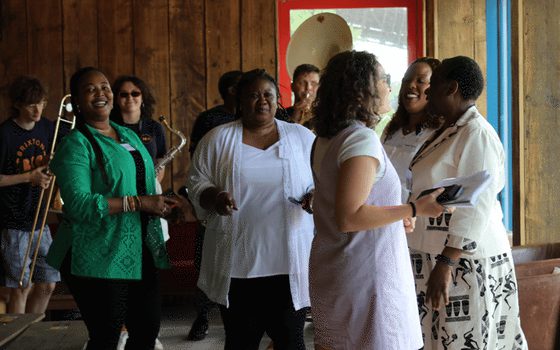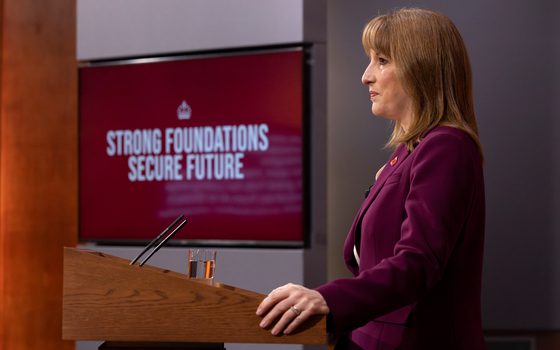Three quarters of households will see cost of living outstrip incomes by the autumn budget
The cost of living will have increased over 90% faster than incomes for the poorest quarter of households according to new analysis by the New Economics Foundation
24 June 2022
Despite government support, three quarters of households (21 million) will, on average, see the cost of living outpace incomes come October according to new analysis by the New Economics Foundation (NEF), published today. For the poorest quarter of households, the cost of living will have increased over 90% faster than incomes, meaning they’d need 1.5 times more support than all the one-off government cost-of-living measures combined.
To measure the cost of living, the research uses the Minimum Income Standard (MIS), which is the UK’s leading approach to measuring living standards based on need and is used to calculate the‘real’ Living Wage paid by companies like Ikea and KPMG, and football clubs like West Ham, Liverpool, and Everton.
In April 2021, 8.9 million households were living below the MIS and NEF estimates that even with the one-off government support this year, 1 million extra households (2.9 million more people) will be unable to afford the cost of living by October 2022. The research shows that when one-off support runs out next April, 1.6 million more households (4.3 million people) will be struggling compared to last year, taking the total to 10.5 million households. The average household with income below the cost of living will miss the threshold by £7,300 per year.
Come April 2023, the analysis shows that incomes of the bottom quarter of households will be £770 per month below the cost of living. This shortfall is 40% higher than that in April 2021 (£550 per month). Across all households under the MIS, the average shortfall between income and the MIS will have increased by £130 a month from £480 to £610.
The research shows that in April 2021, 13% of households on middle-incomes with an average income of £18,800 per year after housing and childcare costs (AHCC) had incomes £60 a week below the MIS. By April 2023, this will have almost doubled to £111 per week for this group and an additional 1.6 million middle-income households with an average income of £23,700 AHCC will be under the MIS for the first time, taking the proportion of middle-income households unable to afford the cost of living to 24%.
NEF is calling on the chancellor and secretary of state for work and pensions to implement long-term reform to ensure our social security system provides a Living Income. This would include:
- Going beyond increasing benefits by inflation in April 2023, instead aligning rates with the cost of living, creating a social security system that is more responsive to changing bills and ensures people do not live in poverty.
- Removing the two-child limit from universal credit and tax credits, so that larger families can afford the cost of living.
- Scrapping the benefit cap.
Sam Tims, Economist at the New Economics Foundation, said:
“The chancellor finally pulled his head out of the sand and listened to calls demanding the government support households struggling with the cost of living. But these policies still leave three quarters of households out in the cold and will only last until next year, when inflation and energy bills will still be sky-high.
For months families have been consumed by anxiety, watching bills go up and worrying how they will get through the winter ahead. It doesn’t have to be like this. Making permanent changes to our social security system, and a mass programme of home insulation would stop families having to make impossible decisions.”
Notes to editors
The New Economics Foundation is a charitable think tank. We are wholly independent of political parties and committed to being transparent about how we are funded.
To measure the cost of living, we use the Minimum Income Standard (MIS) after housing and childcare costs as calculated by Loughborough University’s Centre for Research in Social Policy. Household budgets for different family types are calculated based on what the public thinks is needed for an acceptable standard of living. Housing and childcare costs are not disregarded from the MIS and household income as wider reform outside of social security is required to address these issues. To estimate a household’s MIS in October 2022 and April 2023, NEF has applied inflation forecasts from the Bank of England to this basket of goods.
The bottom 5% of households are removed due to unreliable data in the FRS. Grossing is applied at the household level instead of the individual person level that previous NEF analysis on the cost of living used. Using a household grossing produces slightly lower estimates for average incomes, earnings, and shortfalls. Universal support includes the Council Tax and energy bill rebates. Targeted support is comprised of the £650 cost of living payment, £150 disability cost of living payment and £300 pensioner cost of living payment.






